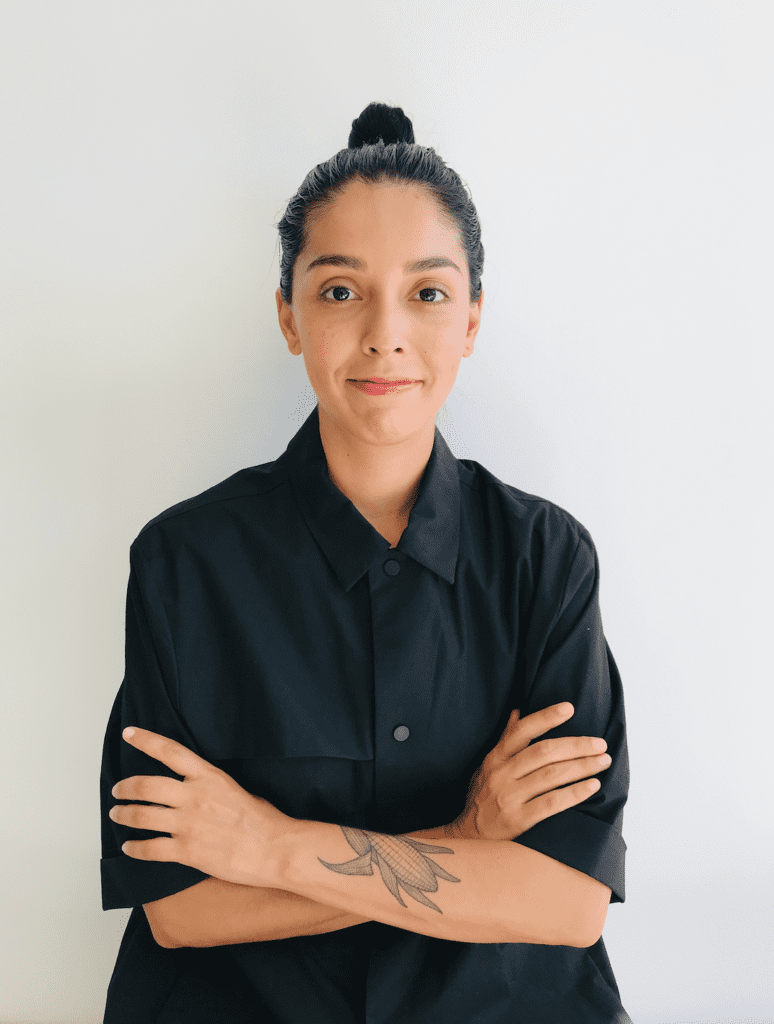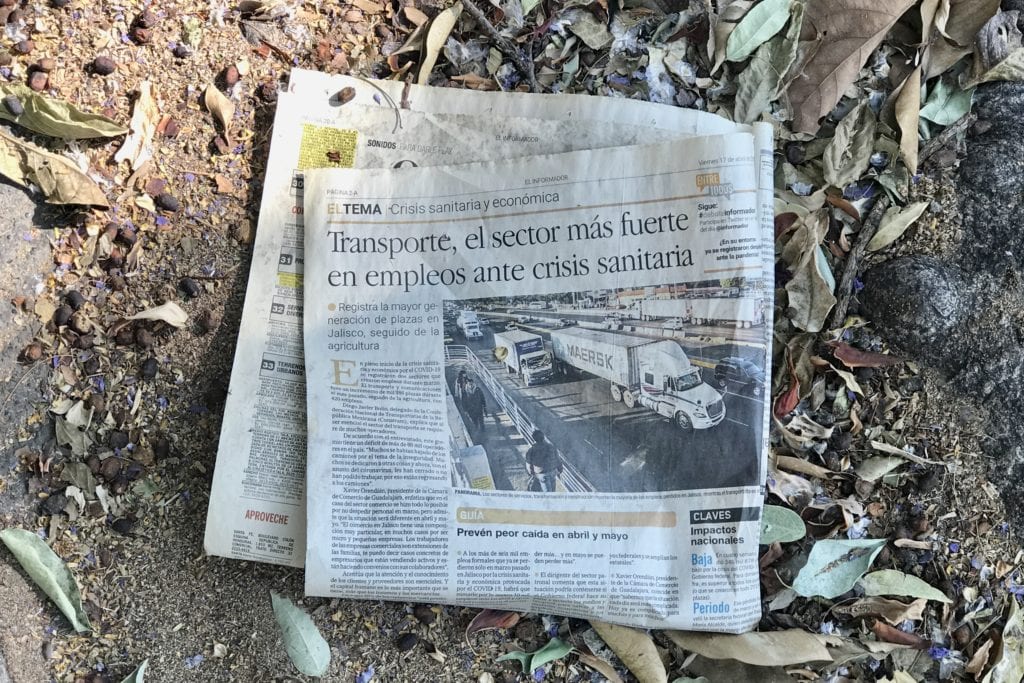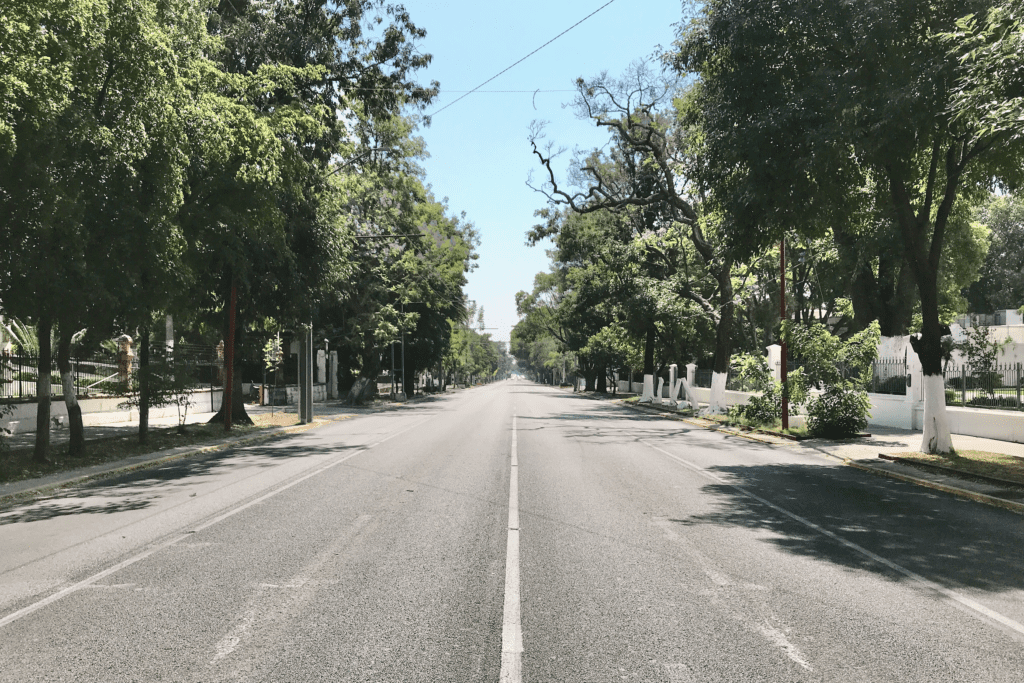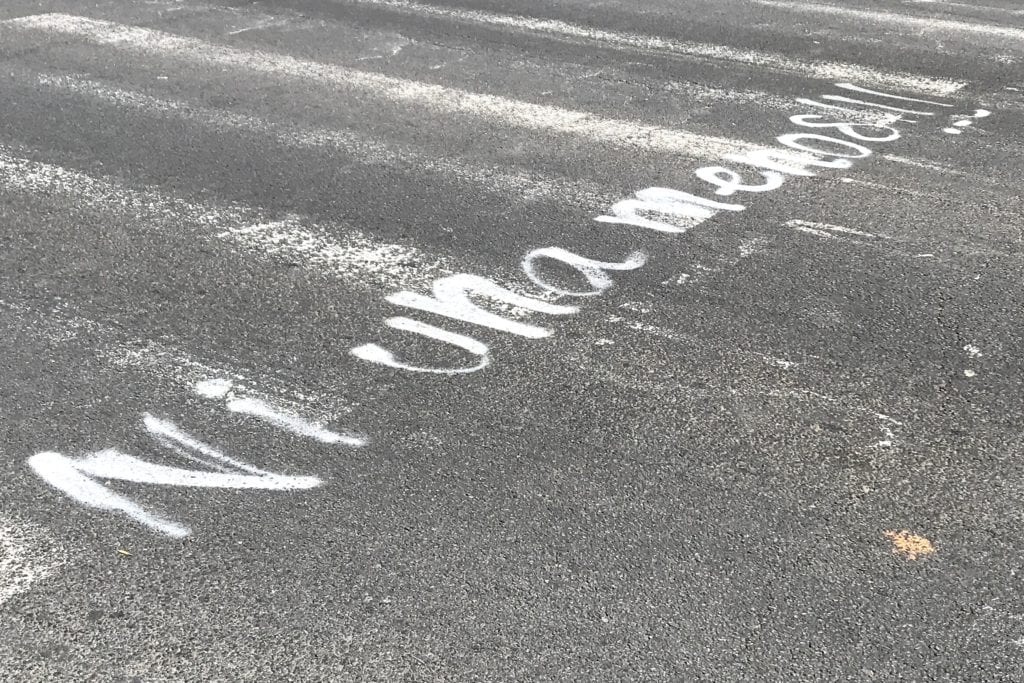
I am an urbanist and researcher with an academic background in Architecture and Urban Design. As an urbanist, my passion focuses on designing strategies, processes, and projects with an integrated approach, using both everyday tools and breakthrough technologies to develop a balanced and equitable society and preserve our environment. I am now based in Brooklyn, New York, where I explore the intersection of spatial justice and female bodies.
How/what are you seeing/hearing/tasting where you are? Share photos and drawings if you like.
What I Hear
One might imagine that during quarantine places should be quiet and calm. Birds, people selling water, a construction site, and ambulances, these are the sounds of the Neighborhood of la Americana in Guadalajara, Mexico. Place where I am sheltering during the COVID quarantine.
What I See
I “normally” live in Brooklyn NYC, but life arranged for me to live the quarantine in the city that saw me grow, so I have been re-exploring by taking walks with my dogs. On these walks, I have observed that the virus has materialized everywhere, even in the trashed newspaper on the sidewalk.

What I Feel
Every Sunday, one of the most important avenues in the city is closed and it becomes La Via Recreactiva, a linear public park with tons of programs and activities, and thousands of people enjoying the city. I went this Sunday for a short walk with my dogs, and this is how it looks in quarantine, alone.

Fortunately, there are still material memories in that same avenue of Women’s March 2020, where more than 50 thousand women went out to march for our lives. That material memory made me smile while walking and I remembered that we are together in this.

What has changed your perspective or approach to urbanism during this time? What has stayed the same?
Life, all lives, at the center of every system and infrastructure. It is very evident or visible how our systems and physical infrastructures are not capable to hold on and support everyday life activities and social reproduction during a “crisis”. As it is evident how social infrastructures and community efforts have supported and maintained us during these moments. So how could urbanists put life at the center of every system or infrastructure that is designed? What types of systems and infrastructures should be materialized?
How do we engage community while we shelter in place?
Listen, talk, and organize with family, friends, colleagues, even with people you do not know but that you shared something in common.

In the face of inequality how do we build solidarity?
Spreading the word of campaigns and work already made by organizations in the ground that supports vulnerable communities; if our budget allows it we can support with donations or funneling friends who can support these organizations. Consume local and make chains of economic solidarity.
Putting all lives at the center and building our commons as a collective; take collective decisions about our future. Connecting people, doing new social structures that will support social reproduction and everyday life.
How do you express your love and commitment to your city at this time?
Smiling to my neighbors, talking to people, asking how they are doing. If I can support someone I do it, by helping pick up groceries, sharing food, listening or even a smile.
We will be physically isolated, but we are more closer and connected than ever, we have always been interconnected and we are together in this.